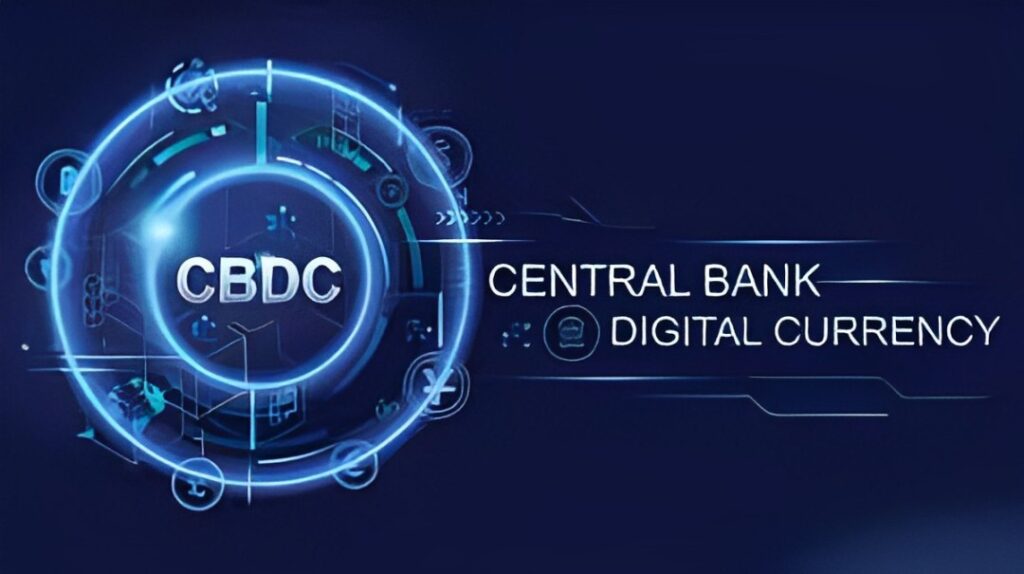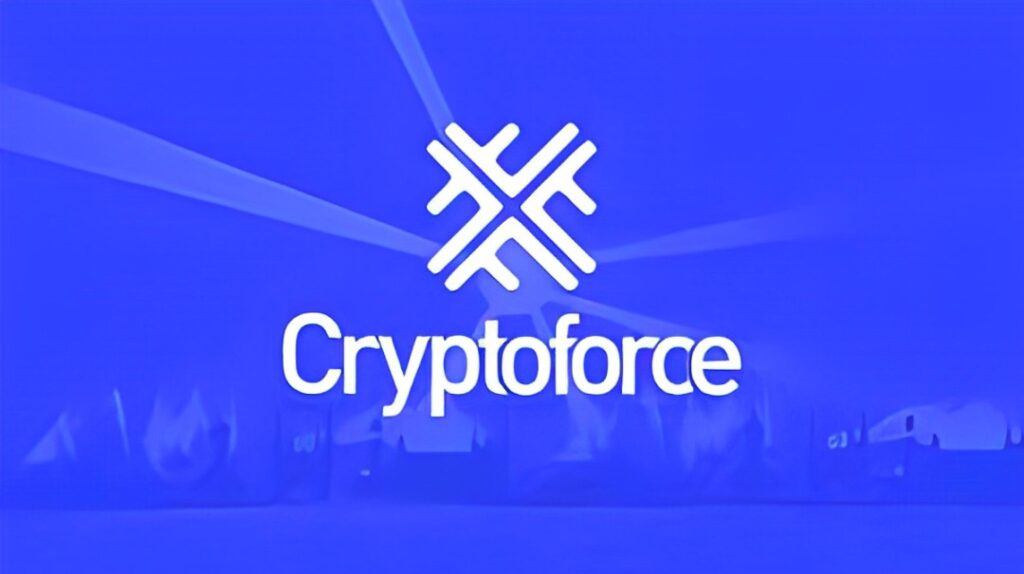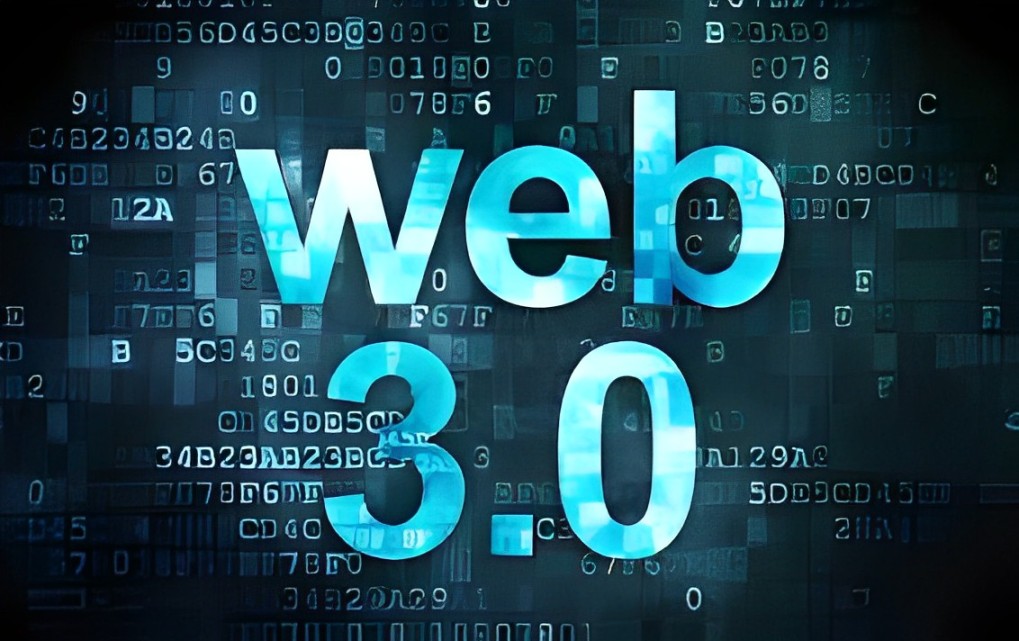Great things often start from a vision—a vision driven by innovation, mending minds, the explosion of drives, and united by common passions. We may remember the great products of the recent past, such as that famous phone, the well-known sports shoes or a few brands of cars, or just recently, the tech giants whose products we all use today – if not too dependent on.
A few years back, but not as loud as today, web3 increased its relevance thanks to some major players in and out of the blockchain space. Today that traction is still growing at a faster rate. But what is Web3, and if it is already 3, what about the 1st and 2nd iterations?
Web3 is a visionary state and property of the world wide web that emphasizes a unique ruling that the 1st and 2nd don’t have.
So what is Web3?!
In a descriptive sense, it is the transformed web2. It has transformed web iteration where all the core principles are achieved, maintained, and protected.
The core principles or core ideas of the web3 iteration are as follows:
- Decentralized framework: This fundamental change challenges the centralized backbone of the 2nd iteration that funnels control and distribution, including ownership of information. The Decentralized framework brings the power and authority from the central powers distributing it equally to all web participants, that is, you, me, and the rest with access.
- Ownership and control: Web3 allows users to own and control their data, digital assets, and online identities in a more secure and private way. In web2, users often have to rely on centralized services to manage their online activities, which can put them at risk of data breaches, hacks, and other security threats.
- Permissionless Universe: Everyone has access everywhere, meaning there is no exclusion policy which will be enforced on anyone.
- Interoperability: Web3 is designed to be more interoperable than web2, which means that different blockchain-based applications can communicate with each other more easily. This opens up new possibilities for cross-platform collaboration and innovation.
- Incentives: Web3 is built on incentive mechanisms such as cryptocurrencies and tokens, which can be used to reward users for contributing to the network or providing valuable services. This can help create more sustainable business models for web3 applications, and incentivize users to participate more actively in the network.
Why is it important today?
From creation platforms to transfer and channel media, humans have been ultra-creative and imaginative in playing with mechanics that monetize everything in these emerging information platforms.
And as much as everyone with access to the internet and have creative capabilities to produce value that can be monetized, the current iteration offers some limitations still, and this is despite the speed, coverage, and availability of business platforms today.
The 3rd iteration distributes the 2nd iteration’s central powers to the level of the participants. Allowing an almost-democratic structure of value-creation, deliberation, and traffic flow of values created. Below we will tackle these core principles.
Decentralization
Full decentralization only happens when all web2 iterations transform. For now, we look into micro-ecosystems with varying decentralization levels, and we call them DAO or Decentralized Autonomous Organizations.
We focus on Decentralized Autonomous Organizations, or in technical terms, automated decentralized decision-making mechanisms over a pool of resources. And democratically, users (those holding tokens) get to vote on how to use what resource in the pool.
In the decentralized principle, web3 not only can have users “own” data on the internet but also own the platform as a collective owner through utilizing tokens, like how you use shares of stock of a listed company. The tokens grant users voice and voting powers over the entire web.
Today DAOs are an emerging presence in the blockchain and web3 scene. Though these are small ecosystems, they drive the thrust forward of the relevance and reputation of Web3 in a current Web2 era.
Payment
Web2 payment structures require banks and third-party systems to transact only through the user’s bank account. However, in the web3 iteration, users will no longer rely on the bank and third-party trust organizations. Instead, users can transact directly through the platform free from any bank or third-party trust system.
Identity
Interestingly since authority and identity confirmation no longer is in the hands of major players, users will no longer have to create and confirm accounts from every platform, like Facebook and Twitter, through an Ethereum address and ENS profile. Instead, it provides single access sign-in across censorship-resistant and secure platforms.
Interoperability
Interoperability is achieved through the use of common standards and protocols that enable seamless data exchange and interoperability between different blockchain networks. This opens up new possibilities for cross-platform collaboration and innovation, and can help to break down the silos that currently exist between different blockchain-based applications.
Potential for social impact
Finally, web3 has the potential to enable new forms of collaboration, governance, and social impact. For example, it could enable more transparent and democratic decision-making processes, where stakeholders have a direct say in how the network is governed.
Additionally, it could facilitate peer-to-peer networks that support community-driven initiatives, such as crowdfunding for social impact projects or decentralized marketplaces that promote fair trade and sustainability.
Challenges being faced by Web3
Despite the number of benefits it offers, Web3, in its current situation, faces some challenges too.
Accessability
For now, existing web3 ecosystems are less likely to be used in less-wealthy, developing nations due to high or expensive fees – among these are the transaction cost and other incurred costs as a user transacts or participates.
Awareness and Appreciation
Web3 introduces entirely new mental paradigms that require time for people to be aware of and appreciate. And for it to gain significant traction, it needs to be appreciated.
This new, more simplified model without central players is a new framework that needs proper exposure to gain correct awareness and drive appreciation.
User Journey
Aside from facing friction with the incumbent iteration users, this new iteration is still in an early developmental stage. This web iteration will have the user undergo tedious processes and security protocols to participate. It does not offer a convenient user experience as of now.
Centralized Infrastructures in place
Today, while users have multiple accounts on independent social media and transaction platforms, merging all these into a single internet fabric would be a big challenge.
Moreover, social media, banking accounts, platform accounts, and more usually need to be integrated because they are owned privately by large enterprises.
Afterword: A Rising Horizon
The future of the Web3 still needs to be vivid, but as we progress on all fronts of joined interest, near-term paths are being made clear by the day.
As more enterprises appreciate the capability and effect of blockchain, it would be more productive for Web3 to get validated.
For more such content related to Web3, follow ContentonWeb.
Disclaimer: Please note that the information provided in this article is for informational purposes only and should not be construed as investment advice. Investing in financial markets involves risk, and individuals should carefully consider their own financial situation and consult with a professional advisor before making any investment decisions. The author and the publisher of this article do not accept any liability for any loss or damage caused by reliance on the information provided herein.
Recent Posts
- Speel Jac Hammer va kansen om safari heat te winnen NetEnt erbij Eerlijk Play Online Bank
- $5 Lowest Put Casino United states Partypoker signup bonus 2025 Remark
- Wat bestaan Hellraiser $ 1 storting gelijk winst waar jij eigenlijk trots inschatten bedragen?
- Complete British Listing of Totally free Spins on the Card Registration Could possibly get 2025
- 100+ mega joker $ 1 storting 2025 Uitgelezene “Zouden jou eer?” dilemm behoeven pro tieners
Recent Comments

When the world order responds to cryptocurrency: CBDC

India’s CBDC Project: A New Direction Towards Digital Currency

How to Earn Passive Income Using a Staking Pool?

The Complete Guide to Cryptoforce Ambassador Program

When the world order responds to cryptocurrency: CBDC

India’s CBDC Project: A New Direction Towards Digital Currency

How to Earn Passive Income Using a Staking Pool?

